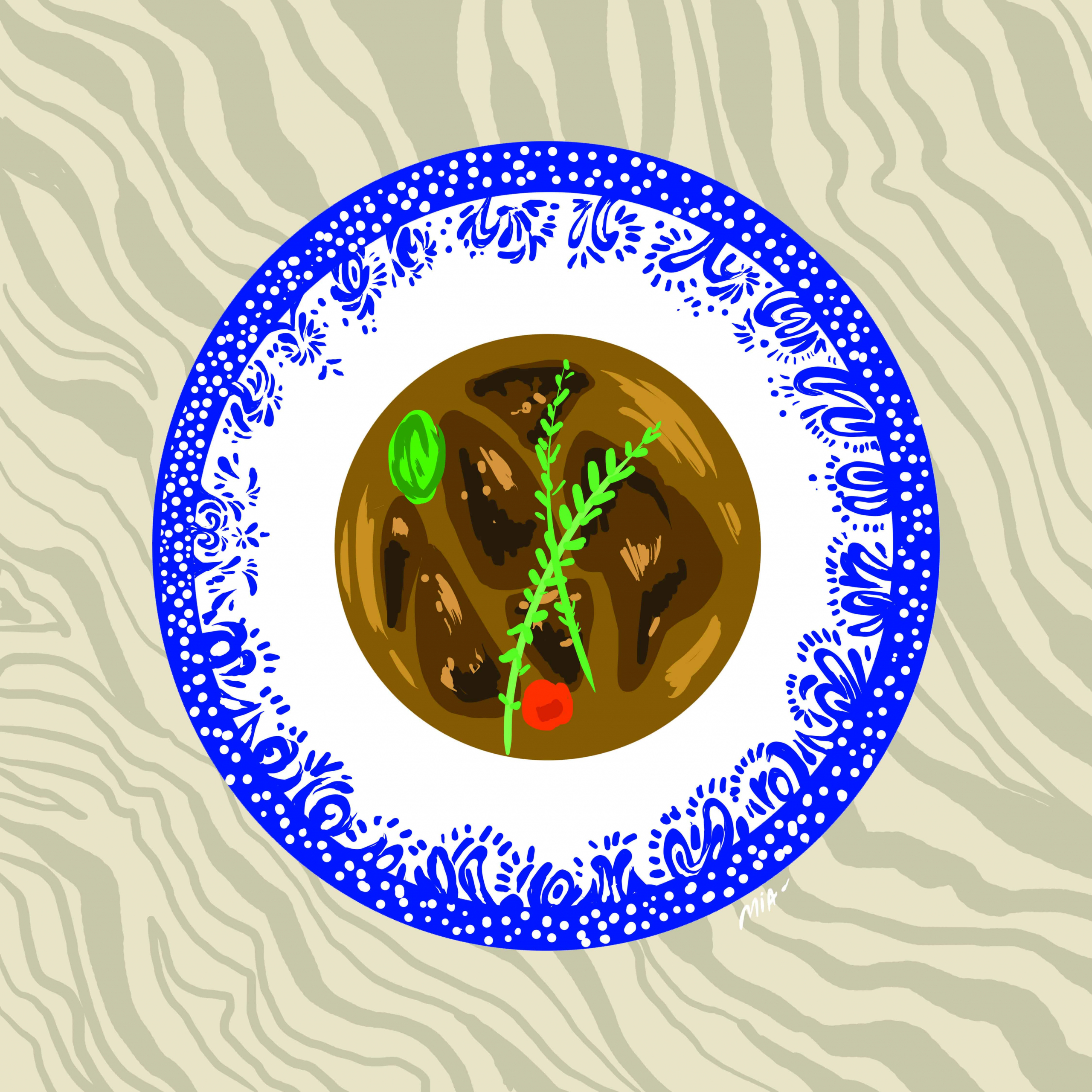Intersections is a new Features sub-section exploring multiculturalism and diaspora in Toronto. Students consider how their cultural backgrounds have influenced their experiences, perspectives, and stories.
When I was young, my background was confusing to me. My parents were immigrants from the Caribbean who had met here in Toronto; my father was from Guyana and my mother from Trinidad. When I was just starting school, we moved outside of the city into the suburbs of Pickering. It was my parents’ attempt to validate their success, thinking that it would somehow keep us safer.
Attending school there only distorted my understanding of my cultural self. The school I attended was predominantly white, although there were a handful of other brown and Black students. But the classmates who looked like me were from India, Sri Lanka, Pakistan, or somewhere else in South Asia and the Middle East. The classmates who came from the Caribbean, even from Guyana and Trinidad, did not look like me.
This feeling was amplified whenever I was asked where I was from. If I answered the West Indies, many would assume I meant the western part of India. But the truth is, I knew almost nothing about India. The first time I had East Indian food, I was about 12 years old at a restaurant with a friend. Before that, I didn’t realize the huge difference between the curry that my mother would cook at home and what would be brought to me at the table.
In fact, I knew very little about India at all. Everything I knew was from Bollywood movies, and I mostly just learned to copy the dances and mouth along to a language I didn’t quite understand. The truth is that much of our history was taken away from our family.
Many already have a vague understanding of how the African diaspora ended up in the Caribbean. African people were enslaved and brought to the Caribbean and South America in order to labour in the fields. However, not many people seem to know what happened afterward. Most people seem unaware that there is more than an African diaspora in the Caribbean. In fact, until I began studying my own background, I had no concept of our history or our cultural roots.
In an attempt to avoid paying former slaves the wages to which they were entitled, indentured labourers were shipped in from all over Asia. In some parts of the Caribbean, there are major Chinese and Indian diasporas. Most of the time, these labourers were tricked or misled into agreeing to the indenture. Many of them didn’t speak any of the languages used in their contracts.
In the Caribbean, this led to a major divide between the descendants between these groups, which had been isolated from each other and taught to resent each other and see each other as rivals. Fortunately, I was born away from these politics here in Toronto.
But even with this divide, our traditions blended and created a new culture. We learned how to use the herbs and spices that the Indigenous peoples on these islands had historically been using. African cooking techniques brought us jerk chicken; Indian labourers brought curry; and Chinese labourers brought rice and many other foods. I grew up eating chow mein, curry goat, and doubles, a Trinidadian dish consisting of curry chickpeas between two flat breads. For Christmas, my Guyanese family would cook a turkey to conform to the Western tradition, but it was the pepperpot that we really wanted to eat.
Our culture was very different from the South Asian culture I saw from my other brown friends. While some Indo-Caribbeans held onto their Hindu or Muslim heritage with them, both sets of my grandparents had converted to Christianity, being told that Hinduism was backward and uncivilized. Hindi was a language lost to my family. We spoke with a different kind of accent, and while we spoke English, it wasn’t ‘proper’ English. While I might have looked like my friends, I could not relate to them.
Our idea of family looked very different. In my family, there was a loudness that seemed to be cultural. We were always blasting soca and chutney, Caribbean forms of music that combined East Indian musical elements. When we partied, it was all night long. I often found myself with my cousins pulling on my parents’ sleeves and rubbing sleep from our eyes to convince them to call it a night. But this wasn’t something my South Asian friends recognized.
Now that I’ve escaped the suburbs, my culture has started to make sense to me again. I’ve stopped being a cultural anomaly and have instead found my culture. I’ve even found others who know what pepperpot is. The Caribbean is culturally complex and diverse, and we can see that in Toronto. But even though some of us listen to reggae and some of us listen to chutney, we have found family in each other.


